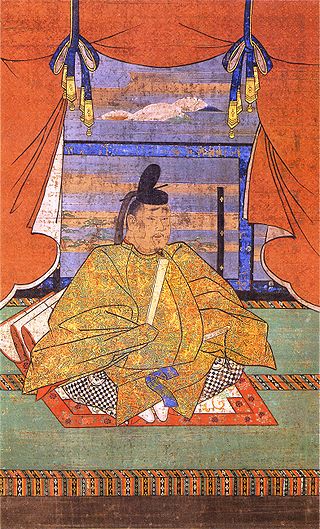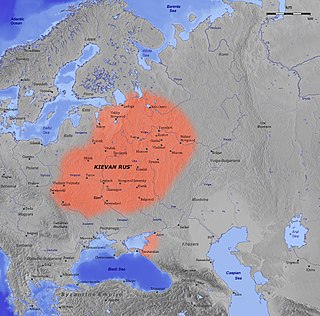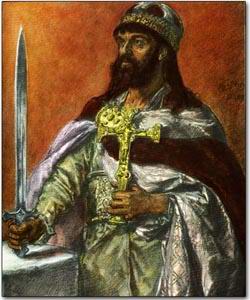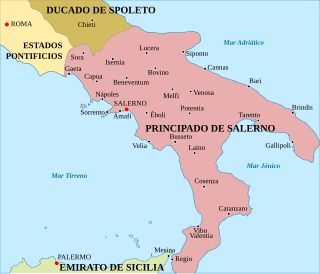The 1000s was a decade of the Julian Calendar which began on January 1, 1000, and ended on December 31, 1009.
The 960s decade ran from January 1, 960, to December 31, 969.
The 970s decade ran from January 1, 970, to December 31, 979.
The 980s decade ran from January 1, 980, to December 31, 989.

Year 967 (CMLXVII) was a common year starting on Tuesday of the Julian calendar.

Year 961 (CMLXI) was a common year starting on Tuesday of the Julian calendar.
The 1010s was a decade of the Julian Calendar which began on January 1, 1010, and ended on December 31, 1019.

Year 963 (CMLXIII) was a common year starting on Thursday of the Julian calendar.

Year 968 (CMLXVIII) was a leap year starting on Wednesday of the Julian calendar.

Year 960 (CMLX) was a leap year starting on Sunday of the Julian calendar. It was the 960th year of the Common Era (CE) and Anno Domini (AD) designations, the 960th year of the 1st millennium, the 60th year of the 10th century, and the first year of the 960s decade.

Year 978 (CMLXXVIII) was a common year starting on Tuesday of the Julian calendar.

Guaimar IV was Prince of Salerno (1027–1052), Duke of Amalfi (1039–1052), Duke of Gaeta (1040–1041), and Prince of Capua (1038–1047) in Southern Italy over the period from 1027 to 1052. He was an important figure in the final phase of Byzantine authority in the Mezzogiorno and the commencement of Norman power. He was, according to Amatus of Montecassino, "more courageous than his father, more generous and more courteous; indeed he possessed all the qualities a layman should have—except that he took an excessive delight in women."
Rainulf Drengot was a Norman adventurer and mercenary in southern Italy. In 1030 he became the first count of Aversa. He was a member of the Drengot family.

Pandulf IV was the Prince of Capua on three separate occasions.

Melus was a Lombard nobleman from the Apulian town of Bari, whose ambition to carve for himself an autonomous territory from the Byzantine catapanate of Italy in the early eleventh century inadvertently sparked the Norman presence in Southern Italy. He was the first Duke of Apulia.
Guaimar III was the Lombard prince of Salerno from around 994 to his death. Under his reign, Salerno entered an era of great splendour. Opulenta Salernum was the inscription on his coins. He made Amalfi, Gaeta and Sorrento his vassals and annexed much of Byzantine Apulia and Calabria.
Dattus was a Lombard leader from Bari, the brother-in-law of Melus of Bari. He joined his brother-in-law in a 1009 revolt against Byzantine authority in southern Italy.

The Norman conquest of southern Italy lasted from 999 to 1194, involving many battles and independent conquerors. In 1130, the territories in southern Italy united as the Kingdom of Sicily, which included the island of Sicily, the southern third of the Italian Peninsula, the archipelago of Malta, and parts of North Africa.
Nikephoros Xiphias was a Byzantine military commander during the reign of Emperor Basil II. He played a distinguished role in the Byzantine conquest of Bulgaria, and was instrumental in the decisive Byzantine victory at the Battle of Kleidion in 1014. In 1022 he led an unsuccessful rebellion against Basil II, and was disgraced, tonsured and exiled. He is last mentioned in 1028, when he was recalled from exile and retired to a monastery.
The 1020s was a decade of the Julian Calendar which began on January 1, 1020, and ended on December 31, 1029.










